A Notable Absence: Cycling Brands A No Show At the California Bicycle Summit
Roads are as much a part of the cycling experience as the bike. However, cyclists often spend significantly more time and energy focusing on our own bikes than we do on the roads or their condition. Maybe this is inherent in the nature of cycling. You can fix your own bike. Fixing roads, on the hand, requires the community resources to lobby for change on the local, state, and federal level over hard fought over tax revenue.
Many of our roadways have no place for cyclists or pedestrians. Photo: Evan B. Dudley
Working together as a community is difficult stuff. Cyclists are tribal. “Bicycle” as a single noun has produced a myriad of groups who love to fight with each other for superiority of the best ride on two wheels. Individual athletes compete. Brands compete. We compete for use of the roads. We compete for use of the off-roads. All of which evident from the implosion of the only national cycling trade show, Interbike, where the brands themselves could not even share a room. Whether or not the cycling industry caused or placated the tribal phenomenon is up for debate.
As a group of people who like to ride bikes, however, we must speak up in our communities to support the creation and maintenance of bike lanes, separated bikeways, and other infrastructure. If we continue to take our infrastructure for granted, or fail to overcome our differences and work together, then our roads will become increasingly less safe – for us, and for the next generation of riders.
Even while riding off the roads, chances are you rode or drove to the trail via asphalt. Photo: Evan B. Dudley
The auto industry took over the roads from the earliest days of the twentieth century. “Jay walking” only became a crime once pedestrians were in the way of the automobile. Prior to that humans could walk anywhere they pleased without fear of a fine. In places like Los Angeles and Sacramento, General Motors bought and removed public transportation to strong-arm the public into driving as the sole mode of getting from A to B. Public transit advocates have fought long and hard – and continue to fight – to restore and expand public transit. We must do the same for roads and cyclists.
New twenty-first century adversaries to cyclists include the autonomous vehicle (AV) lobbying efforts and delivery services of all sorts that want to own the road for driverless solutions and cargo transport. AVs have a hard time detecting pedestrians, cyclists, and motorcyclists. To reduce their liability, these companies are seeking to remove us from the roadways entirely.
Infrastructure dollars are awarded to those who fight for them. Right now, that’s big companies like Amazon who have influence over local government resources. Providing wide trucking lanes to your largest local tax generator is easy for lawmakers to understand. Lawmakers need to persuaded to balance corporate agendas against the public need for with safe cycling routes to schools and for commuters. There’s no short-term gain for government budgets for kids arriving at schools via self-powered transportation. Lot’s more on this topic from Sam Schwartz in No One at the Wheel: Driverless Cars and the Road of the Future - links to NPR interview.
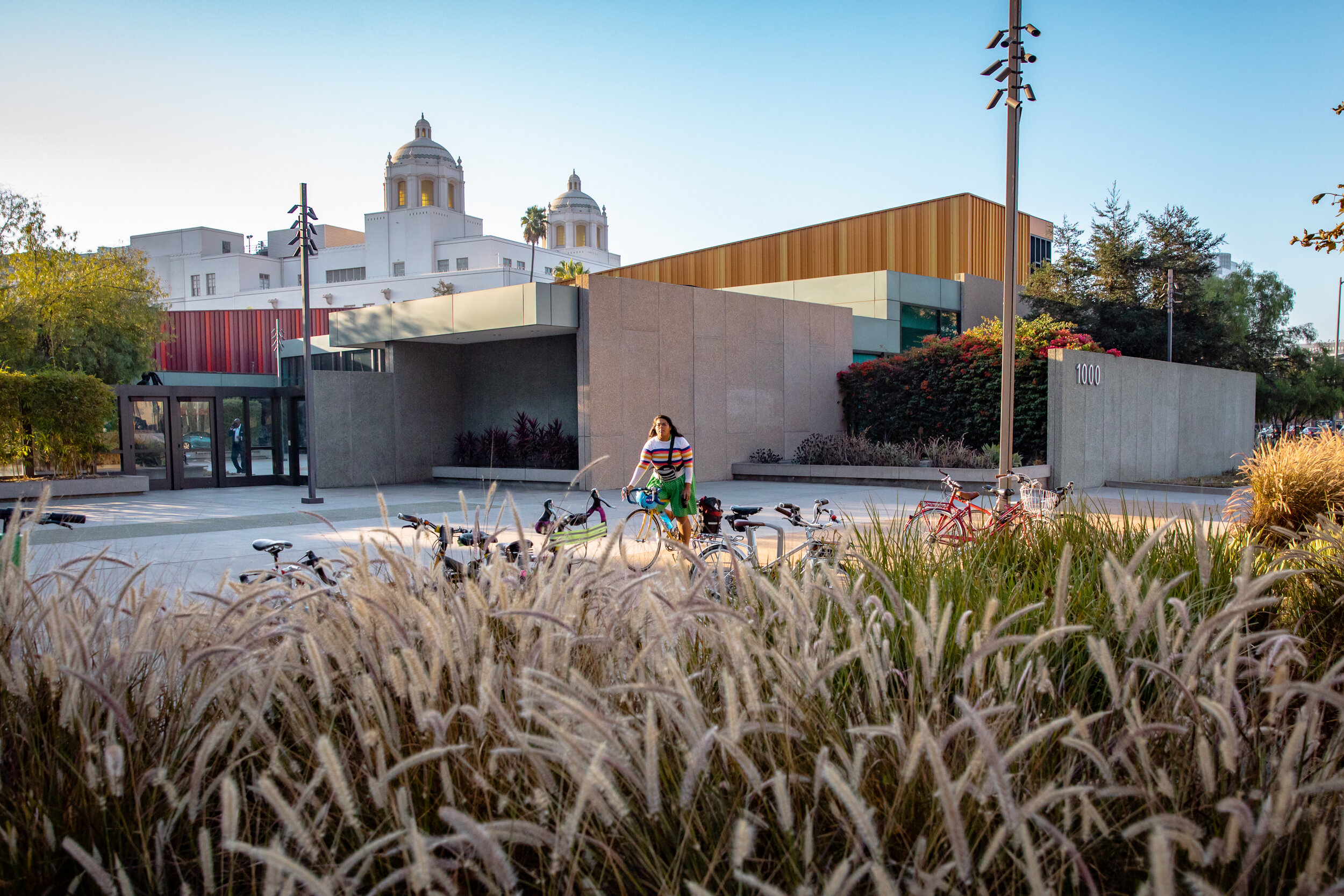
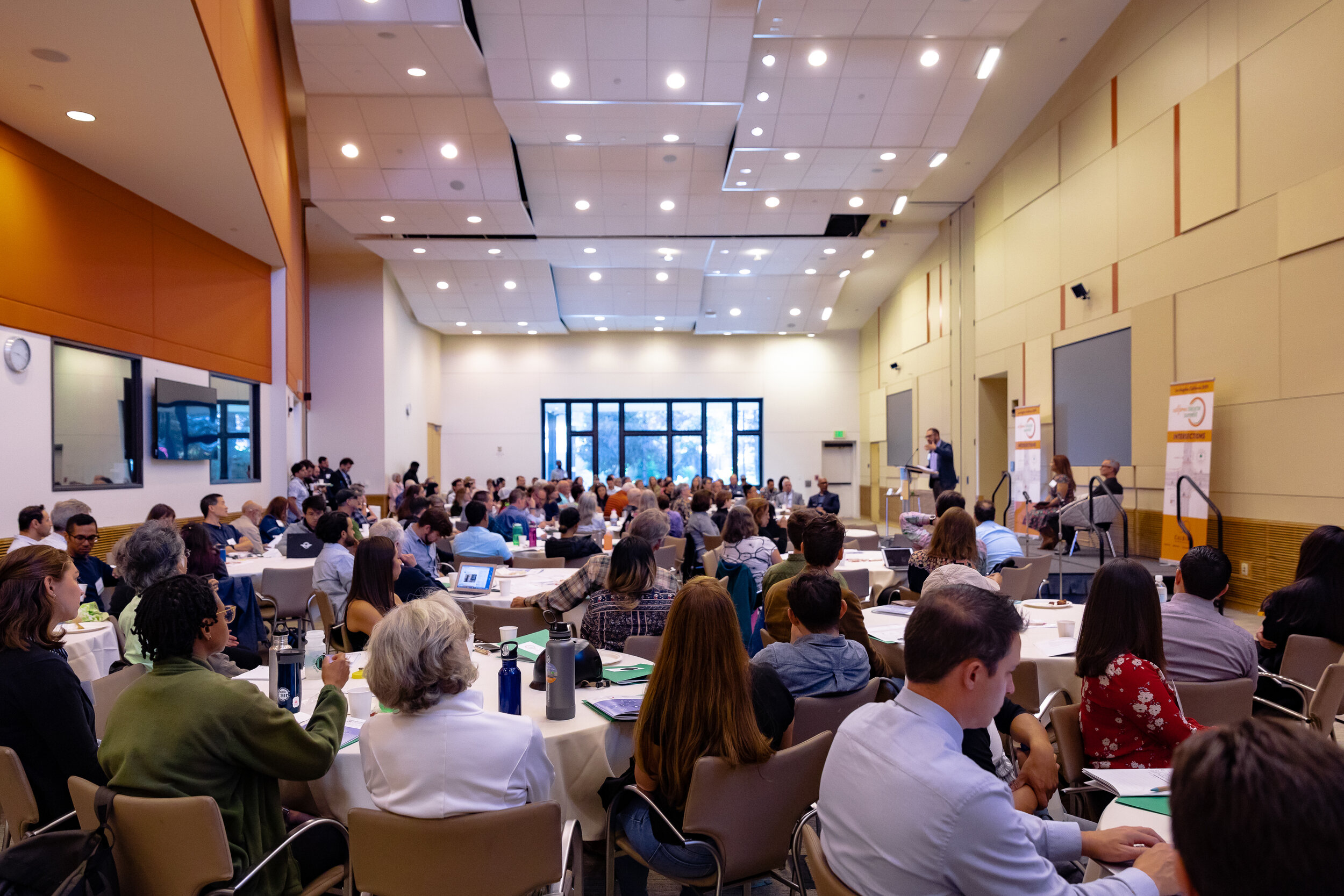
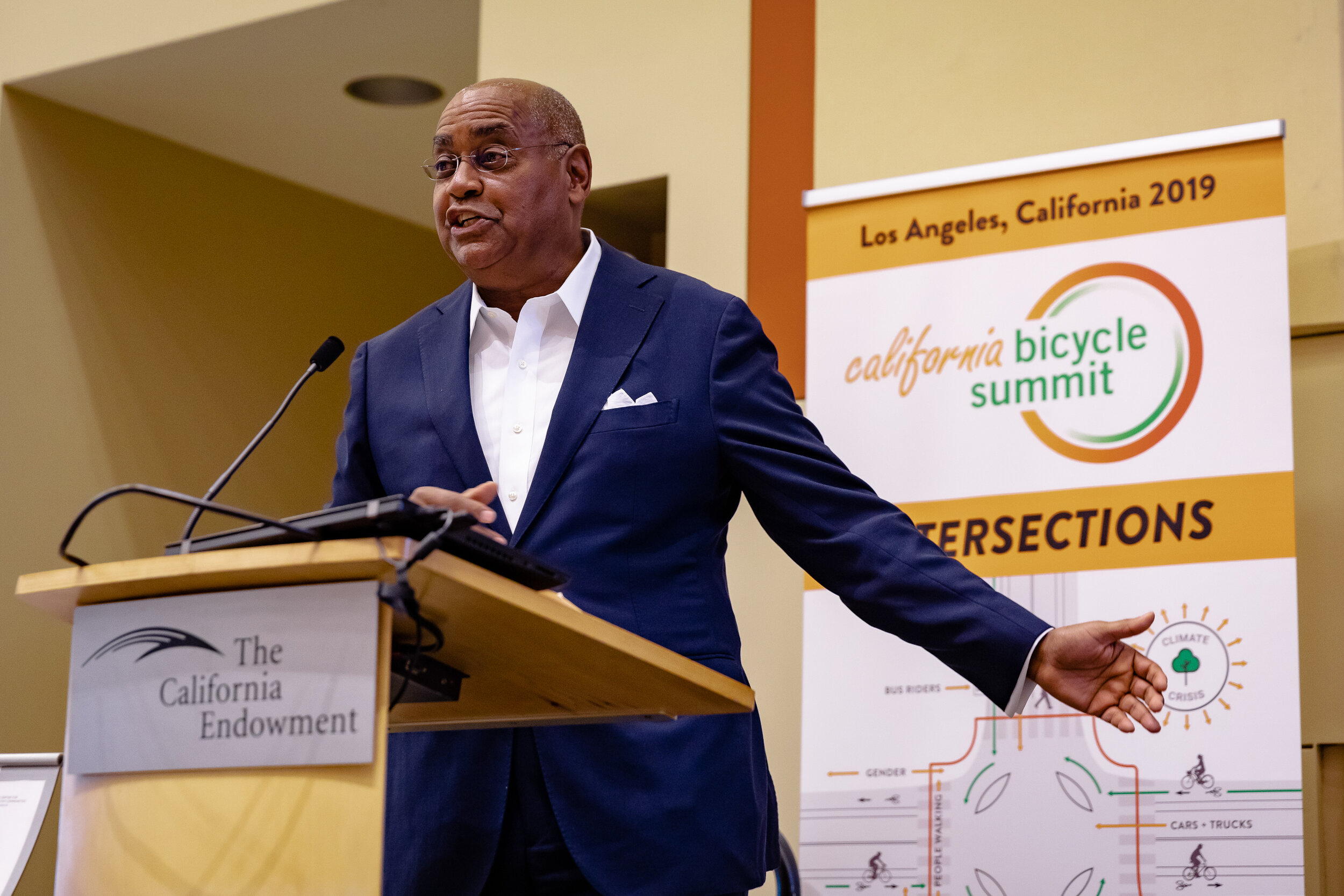
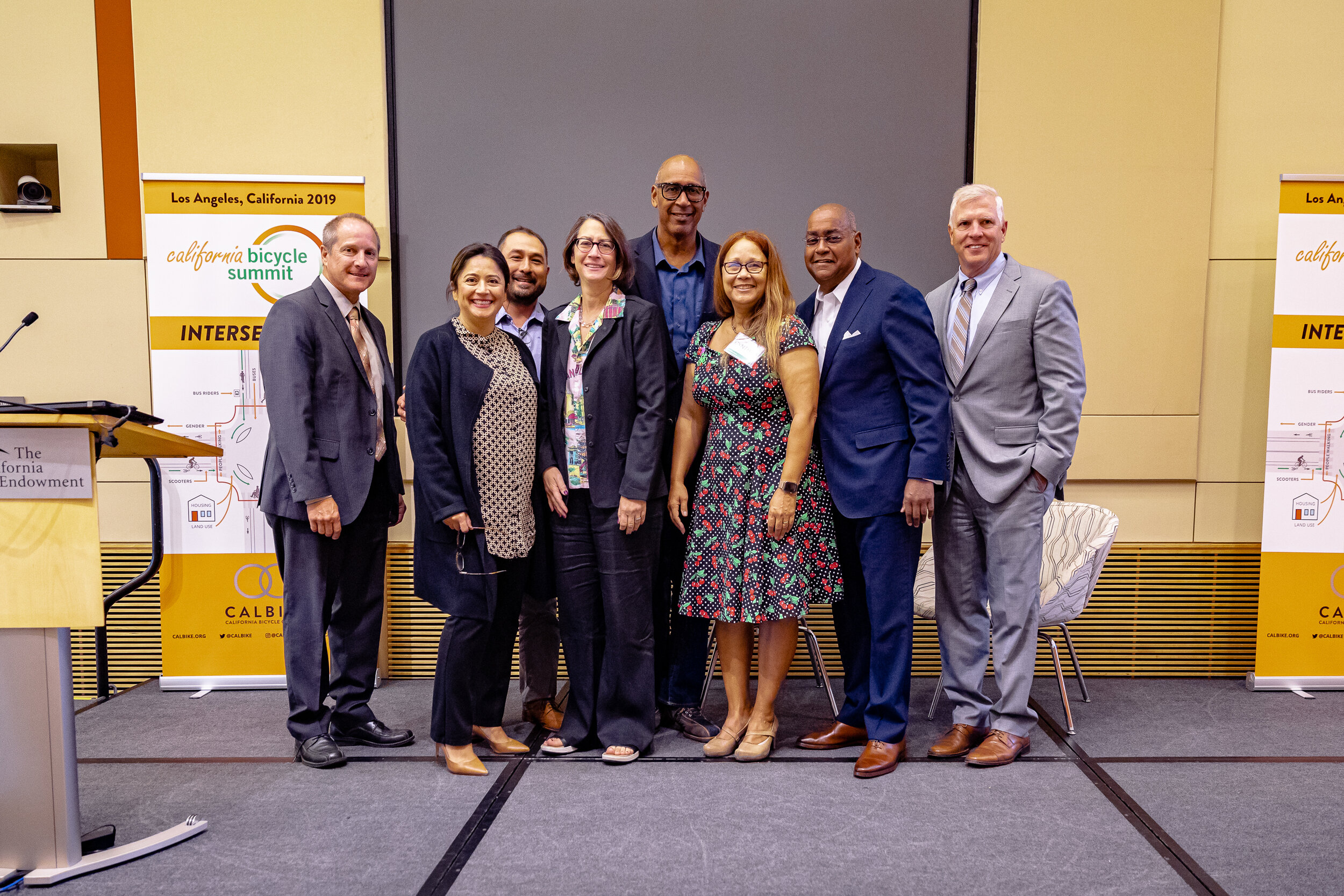
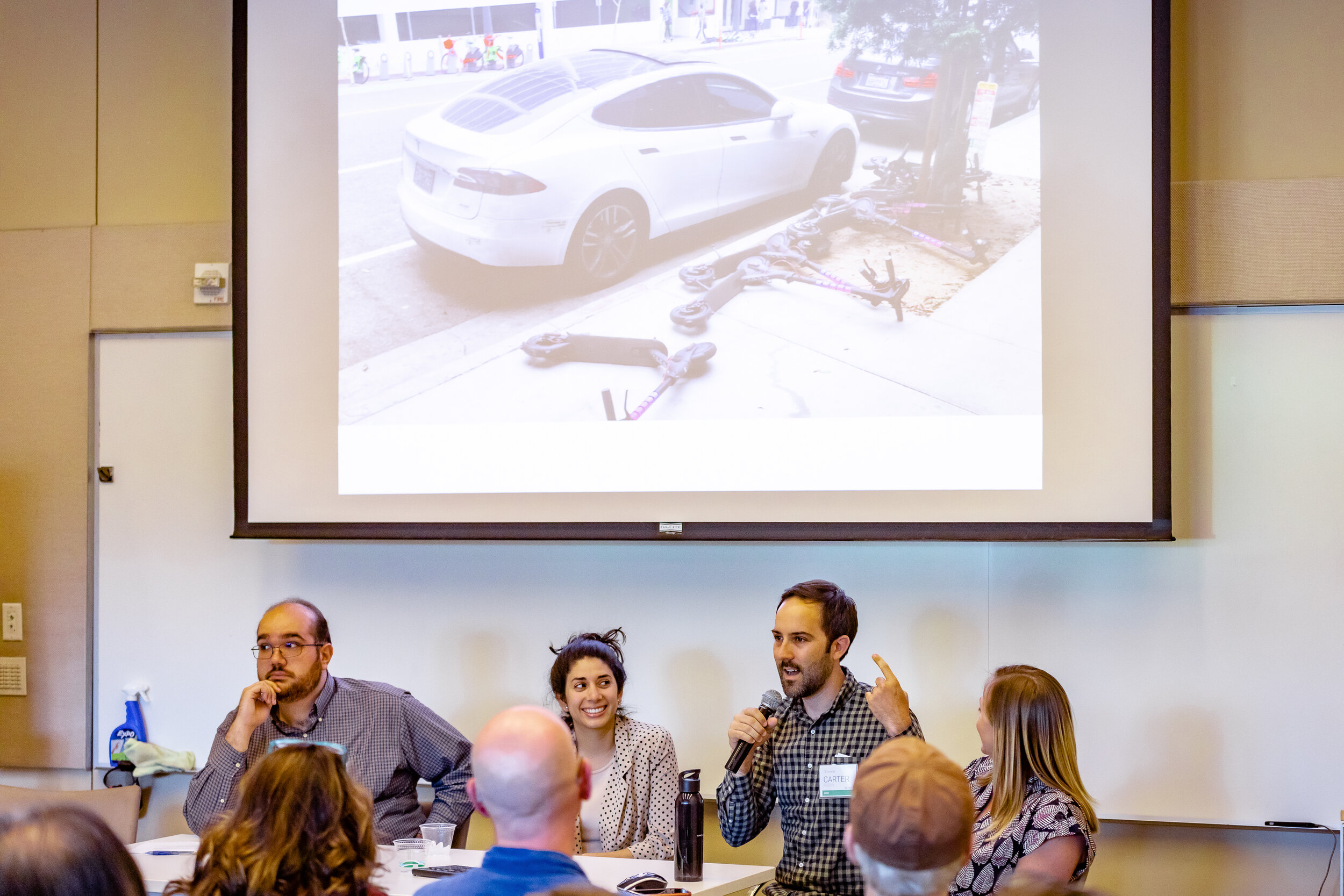
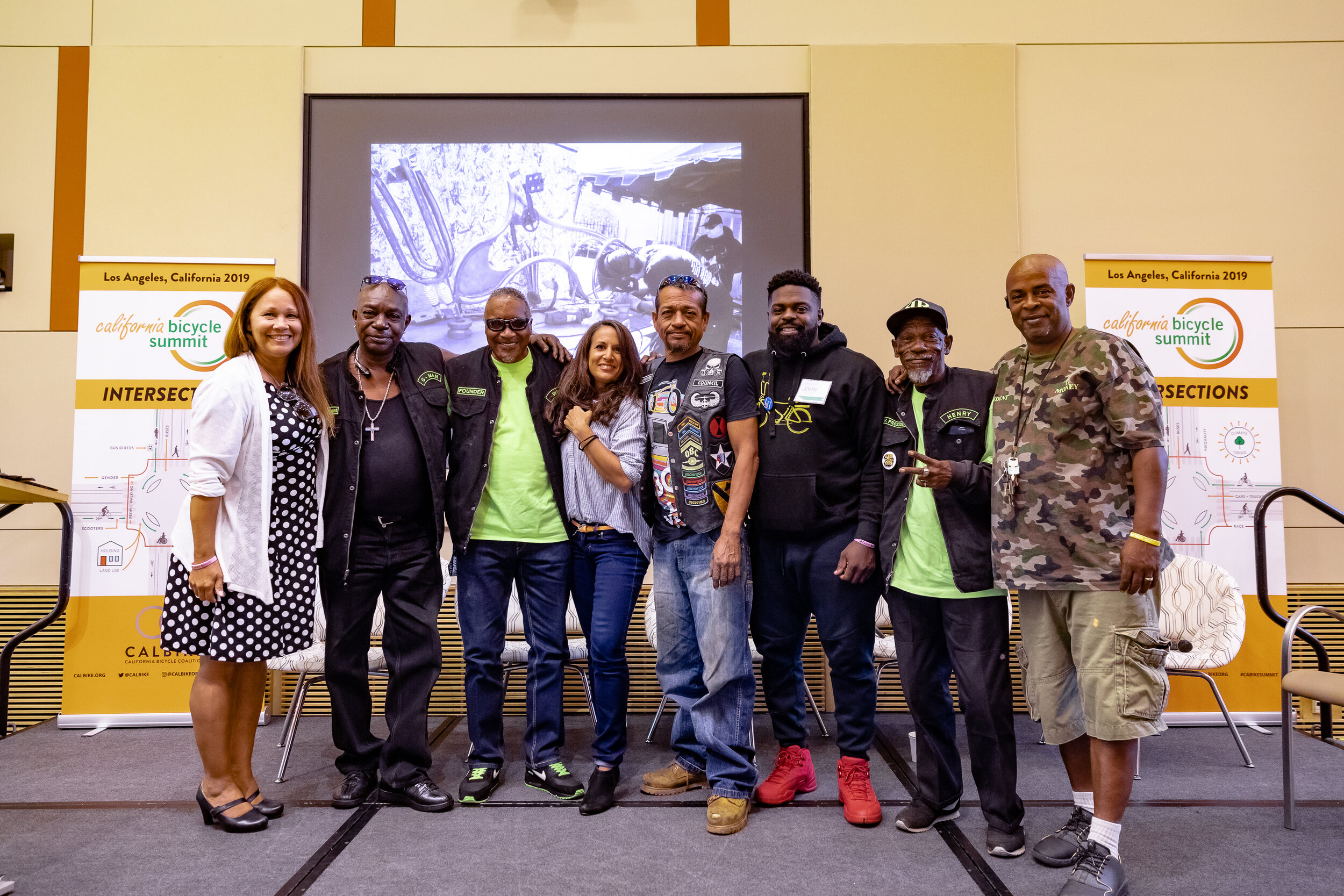
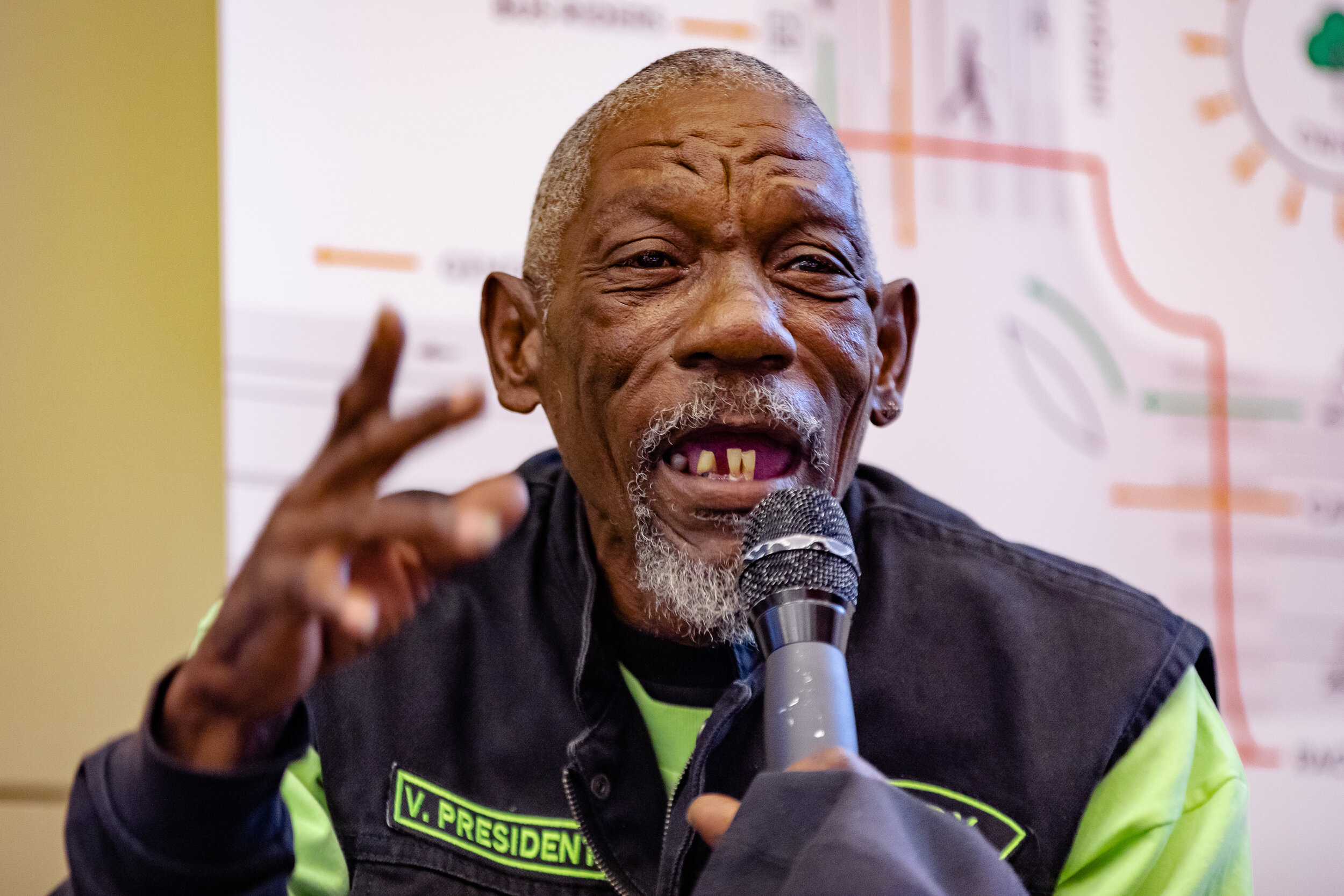
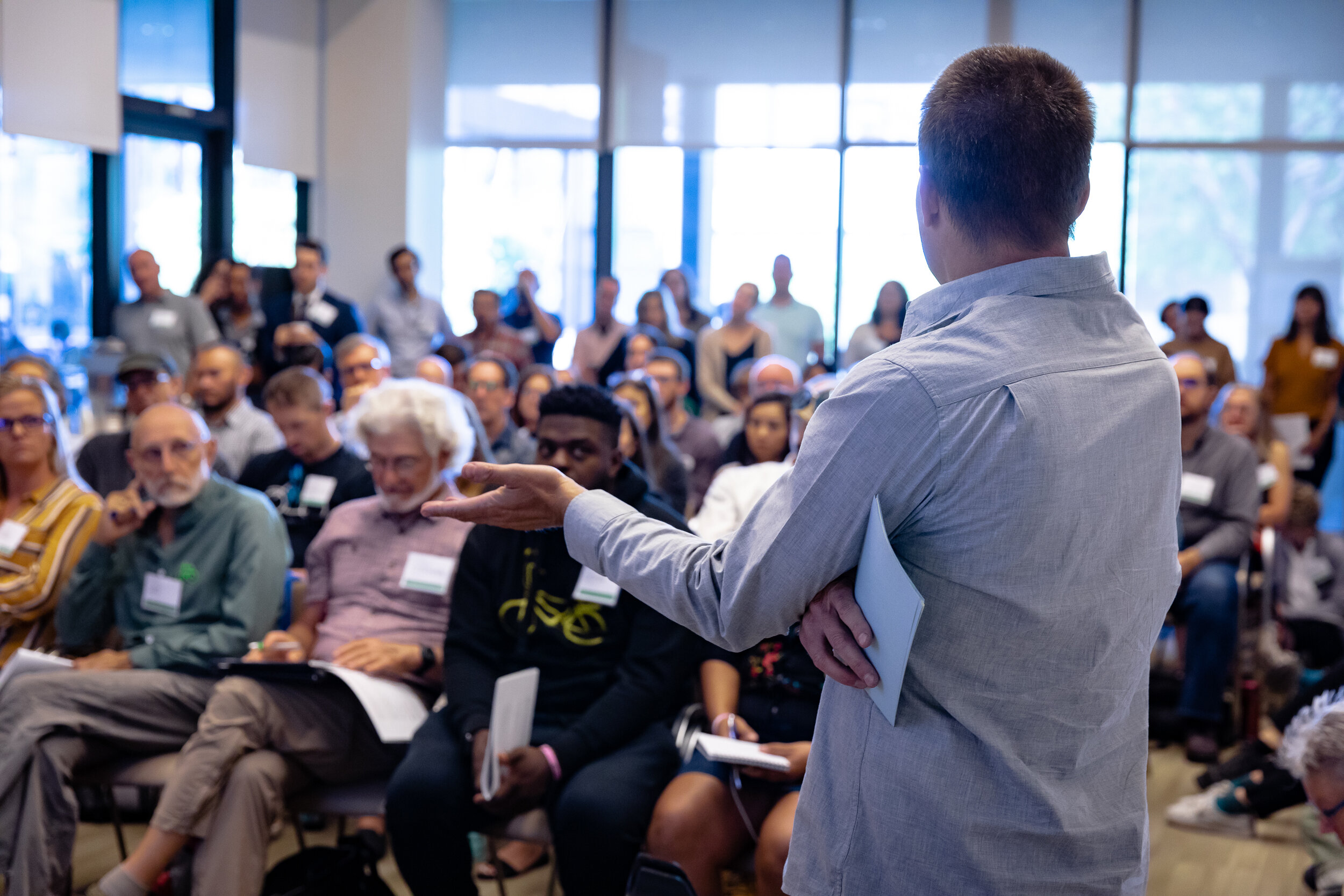
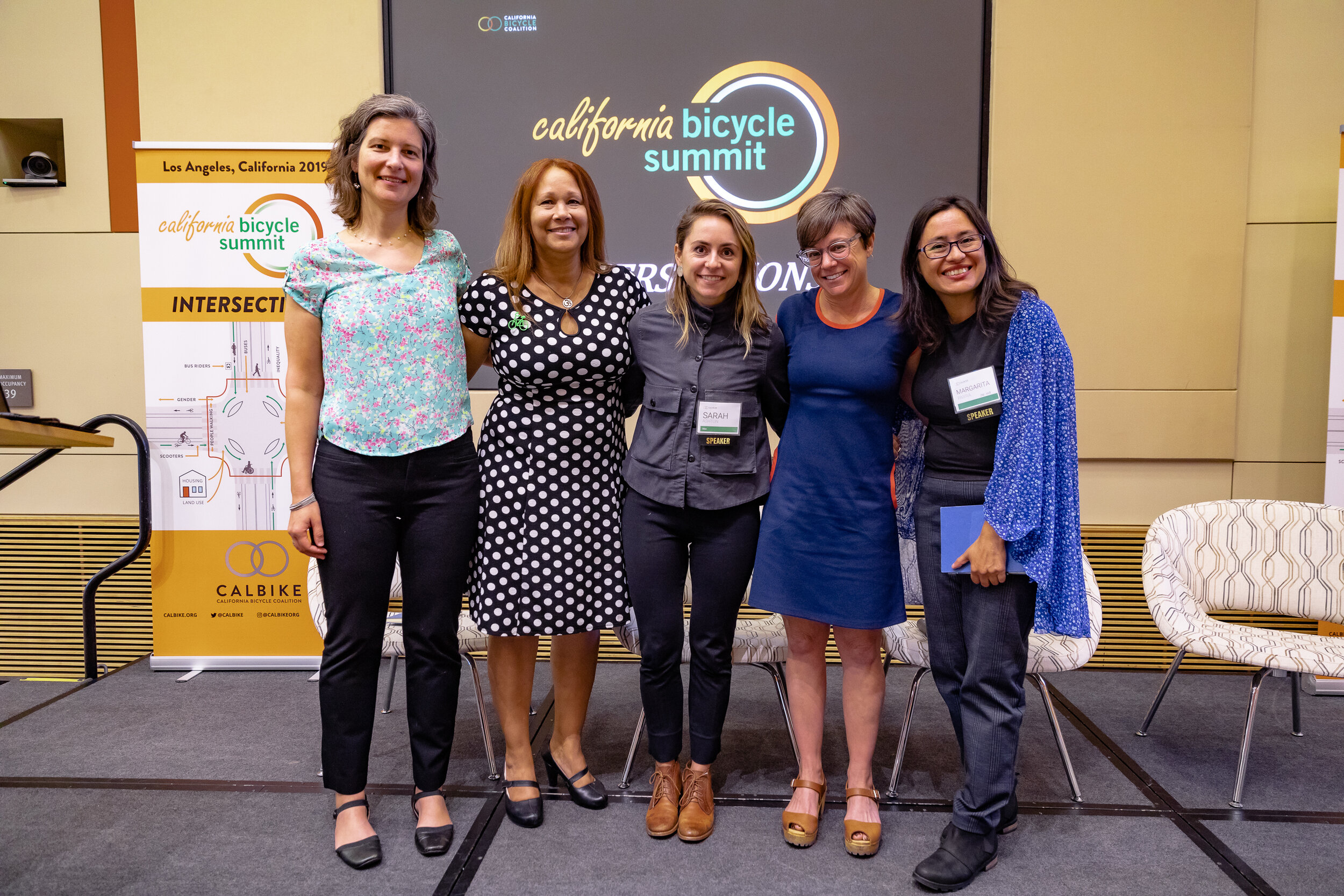
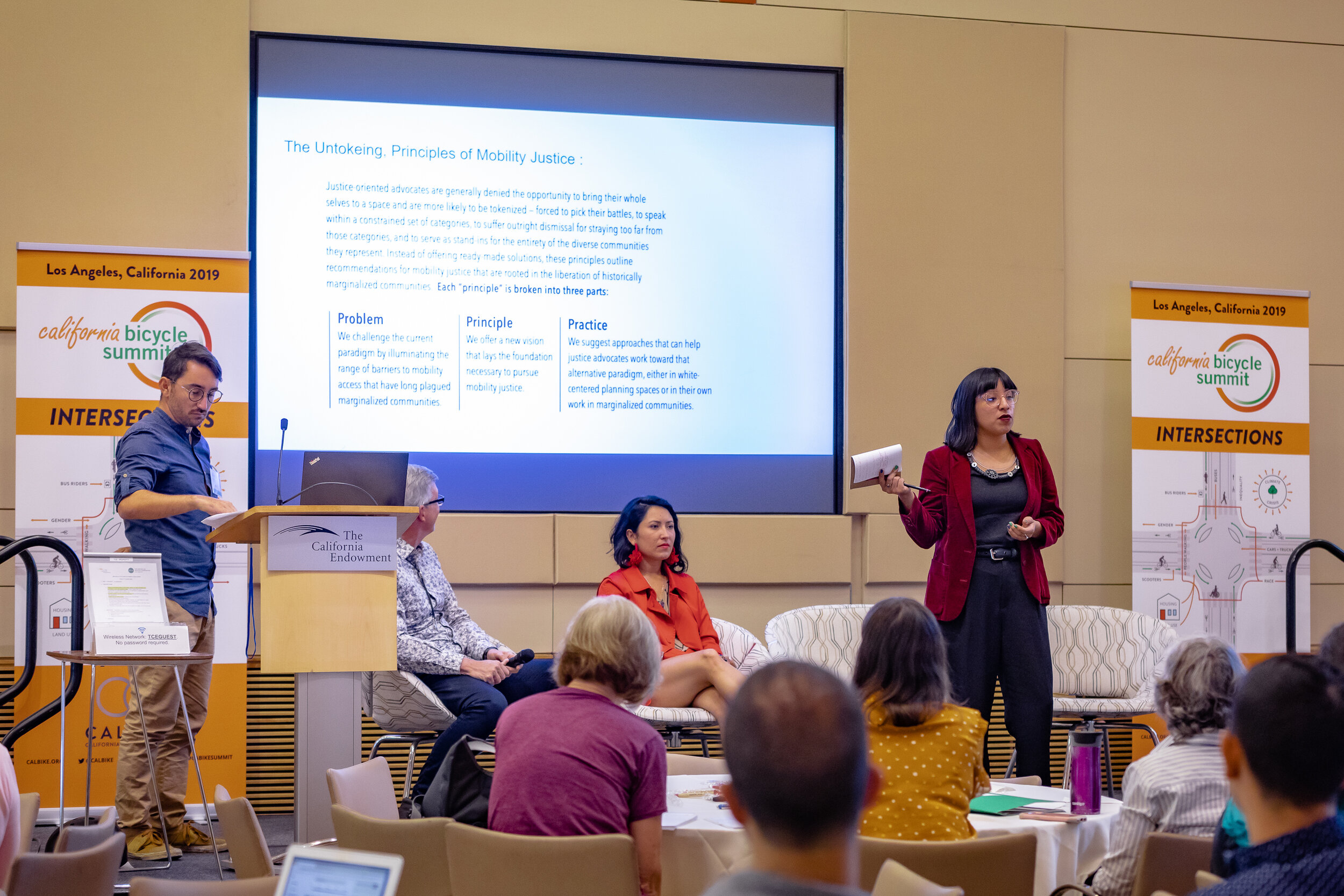
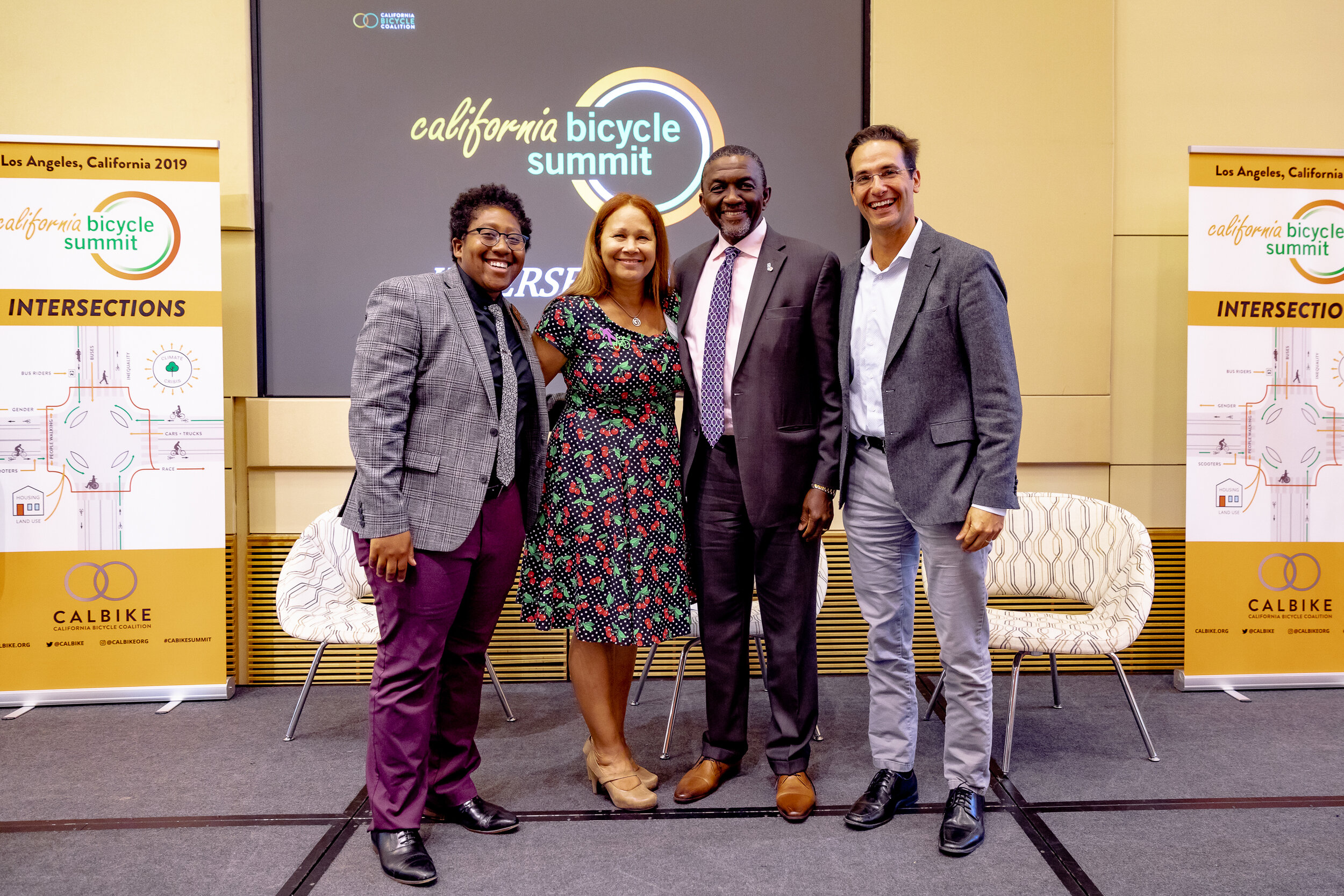

Luckily for us here in California, we have a state-level lobbying group which supports two-wheeled interests - CalBike. Even if you haven’t heard of CalBike, you should know that they have been advocating tirelessly for your right to cycle safely on all public roads for the past 25 years. And every other year, CalBike brings together a wide array of cycling interest groups, local bicycle coalitions, politicians, lawyers, and other players from the entire cycling ecosystem, even CalTrans to their Bicycle Summit.
I attended the October 2019 California Bicycle Summit in Los Angeles. And I noticed something strange and disheartening. With the exception of Specialized, virtually no other bike brand contributed financial support to the conference. No representatives from any bike company sat on panels or networked with lawmakers to support cyclists in conversations to build better, safer roads. Ironically, Uber and Lyft did show up as unlikely allies to push for their micro-mobility solutions in coordination with cyclists.
In my decade of marketing in the cycling space, the road is always a part of the picture. Photo: Evan B. Dudley
Where were the representatives from our favorite bike brands? Why would the notoriously litigious and financially robust Specialized, that has been in California since its start in 1974, not have a policy representative attending? Why would the Giant, the largest bicycle manufacturer conglomerate, not be there pushing for safer rural bike lanes for endurance road cyclist die-hards? Why would QBP and their suite of brands not be pushing for more local bike infrastructure in the major cities where they supply a majority of the bike shops? Why would Pon, Merida, Walmart, or the other major makers of bikes not speak up to advocate for a larger venue for people they are selling bikes to? All they would have to do is show up and share their point of view with the rest of us.
Hit the link for more highlights from the #CABIKESUMMIT.
CalBike’s mission is to advocate for equitable, inclusive, and prosperous communities where bicycling helps to enable all Californians to lead healthy and joyful lives. They have provided a mechanism to support all cyclists in California and have been doing so for 25 years. CalBike is making it easier for individuals, companies, and other groups to support state-wide improvements, so if nothing else, consider joining CalBike’s newsletter so you at least know what is going on with the road under your tires.
Here are some easy ways to support and get involved:
FREE - Tell your favorite bike company to help support @calbike via twitter for better roads to ride on in California.
FREE - Ride your bike and encourage others to replace <2 mile car trips with a bike ride. More cyclists means more voters to support change both large and small.
FREE - Sign up for email updates about what’s going on in California on the CalBike’s website.
$1 or more - Make a donation to CalBike.
$50 - Pre-Order the new California Bicycle License Plate.
Sign up to join the Dream Ride and enjoy the most comfortable 5-day tour in California.
Obligatory sunset shot for good vibes. Photo: Evan B. Dudley





